Hadron
The interior of the atom
Inside an atom there are nucleons, i.e. protons and neutrons, within which we will find quarks.
This particle physics that studies the energy components and the smaller nature.
She is interested in the infinitely small, i.e. the basic elements of matter.
The dimensions of these components are within the range that goes from 10-19 to 10-15 meters, while the energy unit most often used is the electron volt (eV) and its derivatives, keV (103eV), MeV (106eV), GeV (109eV) and Tev (1012eV). The electron volt is a convenient unit because the amount of energy studied by particle physicists are very small.
To get an idea of energy handled, I cite the case of the LHC, the total energy released by a collision is 14 TeV, which makes the particle accelerator more powerful in the world. However, if we convert this quantity in joules, it is a very small amount of energy: 1 eV = 1602 x 10-19 joules.
14 TeV = 22.4 x 10-7 joules.
For comparison, the energy released by a falling stone of 1 kg with a height of 1 m is 9.8 joules or 6.1 x 1019 eV.
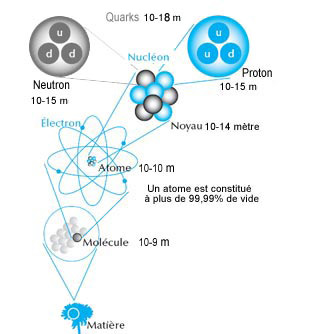
Image: Dimensions of elementary particles and Powers of 10, used in physics.
| Number | Symbol |
| 10-30 | q (quecto) |
| 10-27 | r (ronto) |
| 10-24 | y (yocto) |
| 10-21 | z (zepto) |
| 10-18 | a (atto) |
| 10-15 | fm (femto) |
| 10-12 | p (pico) |
| 10-9 | n (nano) |
| 10-6 | µ (micro) |
| 10-3 | m (milli) |
| 10-2 | c (centi) |
| 10-1 | d (deci) |
| 100 | 1 |
| 101 | da (deca) |
| 102 | h (hecto) |
| 103 | k (kilo) |
| 106 | M (mega) |
| 109 | G (giga) |
| 1012 | T (tera) |
| 1015 | P (peta) |
| 1018 | E (exa) |
| 1021 | Z (zeta) |
| 1024 | Y (yotta) |
| 1027 | R (ronna) |
| 1030 | Q (quetta) |
Interior of the mater in 1950
A hadron is composed of subatomic particles governed by the strong interaction. These particles are composed of quarks and / or antiquarks and gluons, such as protons and neutrons. Unfortunately, nature is much more complicated than previously thought in the 20th century.
We now know that the world of particles is extremely rich. To satisfy his curiosity, the man is obliged to create infernal machines (Tevatron, LHC,...), more powerful for scraping material to the ends of the infinitely small.
In the 1950s, the elementary particles proliferate to the point that the alphabet does not have enough letters to name them: we had over 400.
Image: Classification of elementary particles in the 1950s.

The 4 known forces or interactions
Strong force binds together quarks, which makes them protons and neutrons (and other particles). It is also that it binds protons and neutrons in the nucleus, overcoming the huge electric repulsion exerted between the protons. This force is felt by the quarks and carried by gluons.
Electromagnetic force binds electrons to the nucleus within the atom allows atoms to form molecules, and is the origin of properties of solids, liquids and gases. This force is felt by the quarks and leptons. It is carried by photons.
Weak force raises the natural radioactivity, such as that found in the Earth. It is also essential for nuclear reactions in the centers of stars like the Sun, where hydrogen is converted into helium. It is felt by the quarks and leptons and carried by the W and Z bosons.
Gravitational force or gravity causes apples to fall from trees. It is a force of attraction. On the astronomical scale, it does take the matter in planets and stars and the stars together to form galaxies.

Image: illustration of the electron, the electron actually has no precise location. It remains in a kind of vague, both a little here and a little there.
Standard model
Today the Standard Model successfully describes three of the four fundamental interactions: strong, weak and electromagnetic.
The table of elementary particles contains three families: the first includes up and down quarks, leptons and the electron and electron neutrino, the second contains the charm and strange quarks and leptons muon and muon neutrino, the third as a member quarks top and bottom and the tau lepton and tau neutrino.
Four of these elementary particles are sufficient in principle to construct the world around us: the up and down quarks, the electron and the electron neutrino.
The others are unstable and decay to reach the four shown.
The Standard Model does not describe the fourth interaction: gravitational interaction. But it will only take the basic theory into account.
Image: Table of elementary particles of the Standard Model.
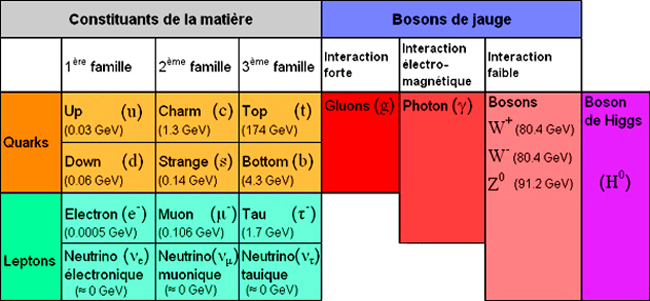
Hadron, greek adros
Do not imagine the proton, neutron or any other hadron A hadron is composed of subatomic particles governed by the strong interaction. These particles are composed of quarks and / or anti-quarks and gluons. as a fixed object. Presumably it is an electrically charged ball but it is an image very inappropriate. In a proton, there are quarks, antiquarks and gluons. The hadron contains 3 quarks than antiquarks: they are "valence quarks". They give the baryon A baryon is in particle physics, a class of particles, whose best-known representatives are the proton and neutron. The term "baryon" barys comes from the Greek meaning "heavy" and it refers to the fact that baryons are generally heavier than other types of particles. electric charge and other quantum numbers. The other quarks are "sea quarks antiquarks. Gluons represent 30 to 40% of the proton energy. Inside the closed field of the proton i.e. to (10-15 meters)the quarks move freely. Only when they tend to diverge as the forces are intensifying and prevent them away. This property is called "asymptotic freedom". This freedom is a short feature of the gauge theory of color. Quarks carry color charges that they circulate between them. They can be red, green or blue associated with the theory called quantum chromodynamics. Theorists have chosen that word to mean any object to exist must be white. A proton to exist must have three quarks of each color, red, green and blue, which gives it the property "white" is the sum of three colors. Gluons that carry the strong nuclear force, are themselves sensitive to the strength of color. Hadrons interact and form a sort of jelly increasingly rigid as the growing energy involved, which causes the confinement of quarks. So it must not imagine the proton, neutron or any other hadron as a fixed object, but dynamically as a sort of magician's hat where there are more things that s' it takes to find them strongly.
Quarks are the basic constituents of matter and forces act through carrier particles circulating between the particles of matter. The forces are also distinguished by different intensities. The important point is that energy and mass are two sides of the same phenomenon, according to Einstein's famous equation (E = mc2), the mass can become energy and vice versa.
In the LHC, such a transformation occurs in each collision. Because of this equivalence, mass and energy can be measured with the same units. At the scale of particle physics, it is the electron volt.
The grand unification of elementary particles and their fundamental interactions has long concerned the physics community. Einstein unsuccessfully spent the last thirty years of his life to the quest for a unified theory of electromagnetism to gravitation.
Today, the goal is far from being reached.
Image: Point of collision of particles in a collider, showing a multitude of other particles which disintegrate instantaneously. The products of the collision or rather the products of disintegration of the heavy particles, are analyzed by the detectors and sub-detectors. Each detector is designed for a type of disintegration product (photon, electron, hadron, muon) and the disintegration products allow scientists to reconstruct the particle produced by the collision before disintegration.

Articles on the same theme
1997 © Astronoo.com − Astronomy, Astrophysics, Evolution and Ecology.
"The data available on this site may be used provided that the source is duly acknowledged."
How Google uses data
Legal mentions
English Sitemap − Full Sitemap
Contact the author
 Electroweak Force: The Unification of Electromagnetism and the Weak Interaction
Electroweak Force: The Unification of Electromagnetism and the Weak Interaction  Special Relativity: The Beginning of a New Physics
Special Relativity: The Beginning of a New Physics  The Higgs Boson: The Unification of Fundamental Forces
The Higgs Boson: The Unification of Fundamental Forces Quantum Entanglement: When Two Particles Become One!
Quantum Entanglement: When Two Particles Become One! The Pentaquark: A New Piece of the Cosmic Puzzle!
The Pentaquark: A New Piece of the Cosmic Puzzle! Why are Rare Gases
rare?
Why are Rare Gases
rare? Brownian Motion: A Link Between Two Worlds
Brownian Motion: A Link Between Two Worlds The 4 Articles of Albert Einstein from 1905
The 4 Articles of Albert Einstein from 1905  Why does nuclear fusion require so much energy?
Why does nuclear fusion require so much energy?  Feynman diagrams and particle physics
Feynman diagrams and particle physics  Stars cannot create elements heavier than iron because of the nuclear instability barrier
Stars cannot create elements heavier than iron because of the nuclear instability barrier  What is β radioactivity?
What is β radioactivity? 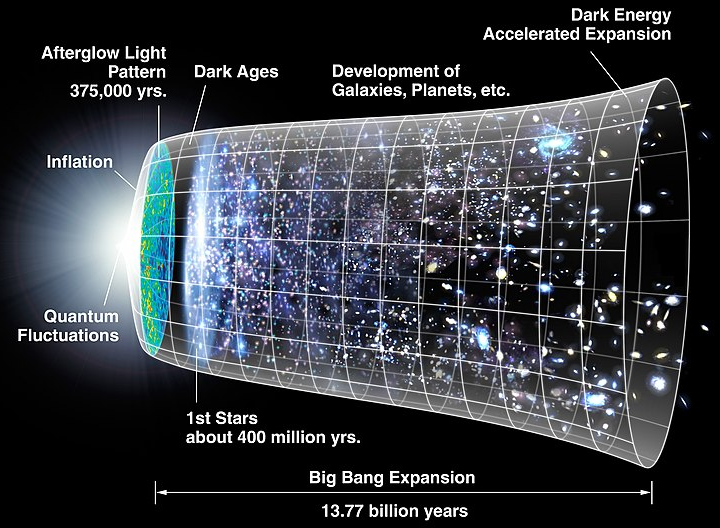 Planck wall
theory
Planck wall
theory 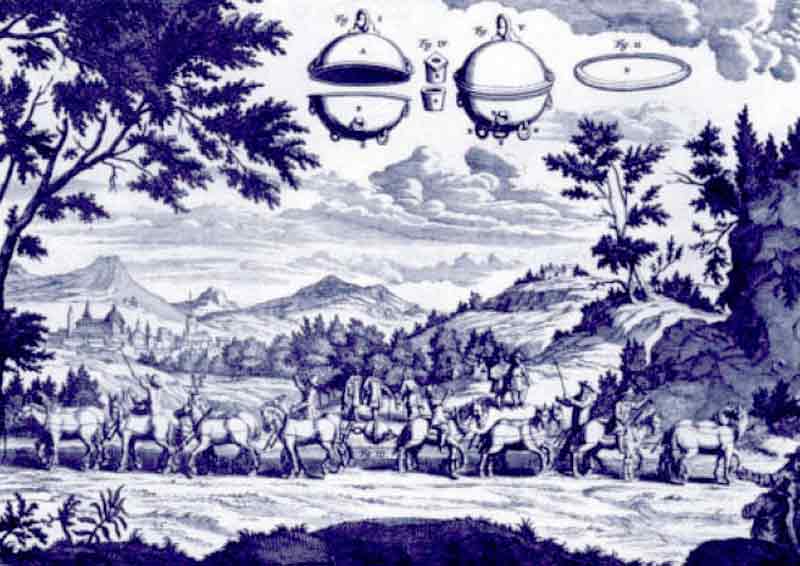 Is
emptiness really empty?
Is
emptiness really empty?  The Large Hadron Collider
The Large Hadron Collider 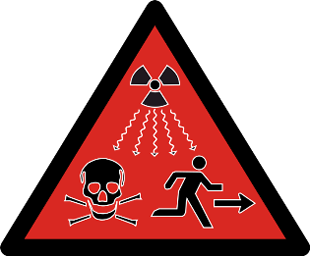 Radioactivity, natural and artificial
Radioactivity, natural and artificial  The World of Nanoparticles: An Invisible Revolution
The World of Nanoparticles: An Invisible Revolution  Schrodinger's Cat
Schrodinger's Cat
 Before
the big bang the multiverse
Before
the big bang the multiverse  Eternal
inflation
Eternal
inflation  Gravitational
waves
Gravitational
waves 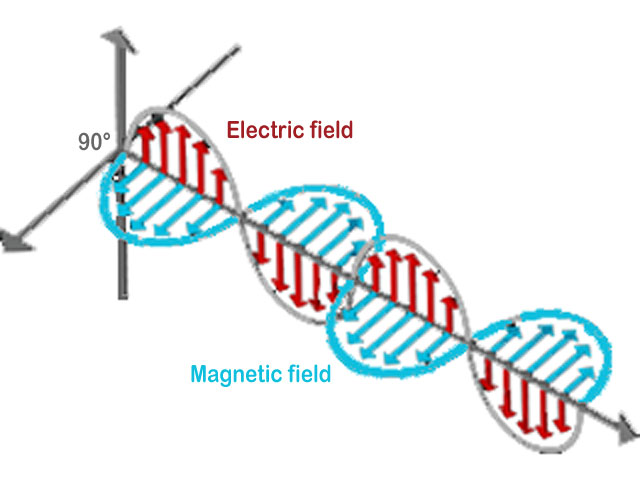 What
is a wave?
What
is a wave?  The fields of reality: what is a field?
The fields of reality: what is a field?  Space in time
Space in time
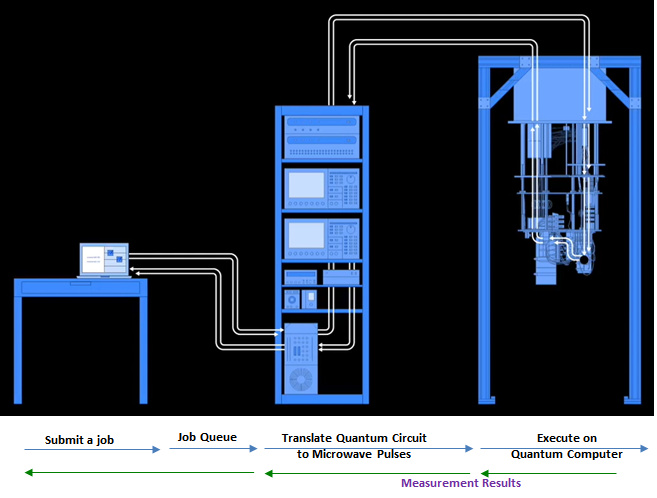 Quantum computers
Quantum computers
 Bose-Einstein condensate
Bose-Einstein condensate  Equation of Newton's three laws
Equation of Newton's three laws  Field concept
in physics
Field concept
in physics  The electron, a kind of electrical point
The electron, a kind of electrical point 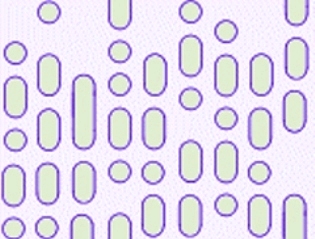 Entropy and
disorder
Entropy and
disorder  Light, all the light of the spectrum
Light, all the light of the spectrum 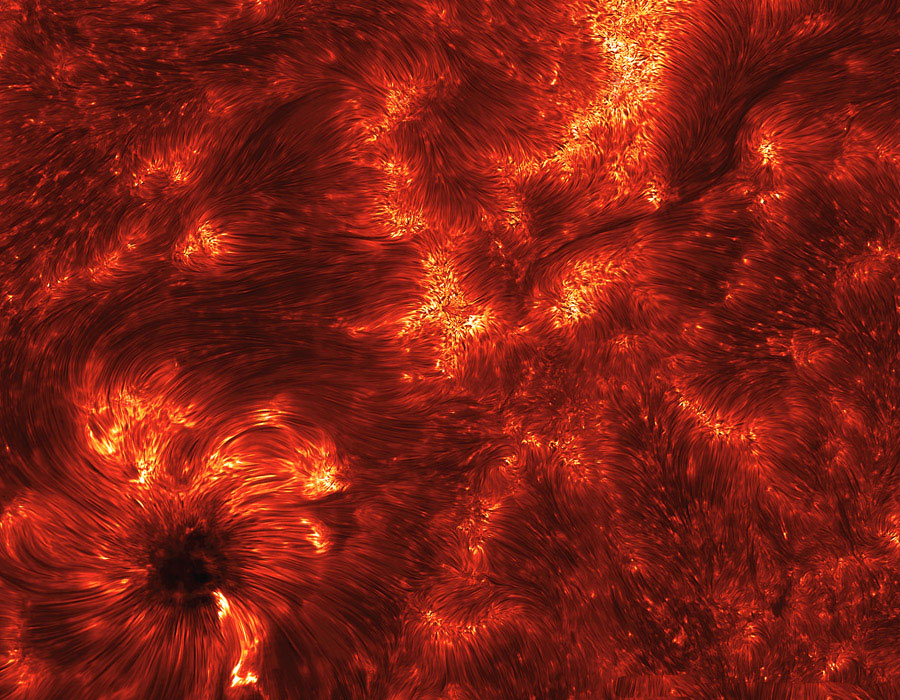 The
infernal journey of the photon
The
infernal journey of the photon  Mystery of the Big Bang, the problem of the horizon
Mystery of the Big Bang, the problem of the horizon 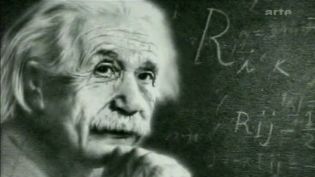 Einstein's space
time
Einstein's space
time  Time Measurement: Scientific and Technological Challenge
Time Measurement: Scientific and Technological Challenge  Physical and Cosmological Constants: Universal Numbers at the Origin of Everything
Physical and Cosmological Constants: Universal Numbers at the Origin of Everything  Spectroscopy, an inexhaustible source of information
Spectroscopy, an inexhaustible source of information  Abundance of chemical elements in the universe
Abundance of chemical elements in the universe  The size of atoms
The size of atoms
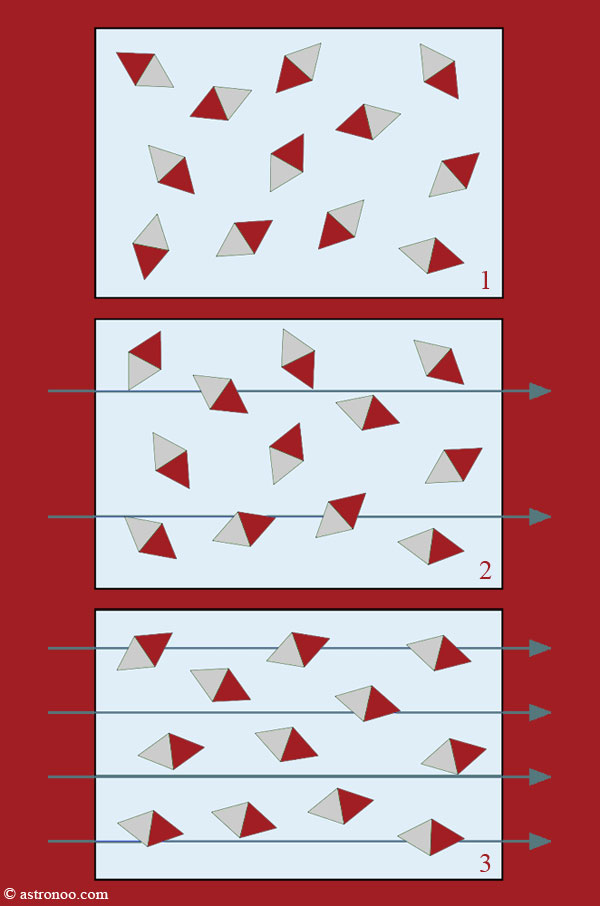 The
magnetic order and magnetization
The
magnetic order and magnetization  The quark confinement
The quark confinement
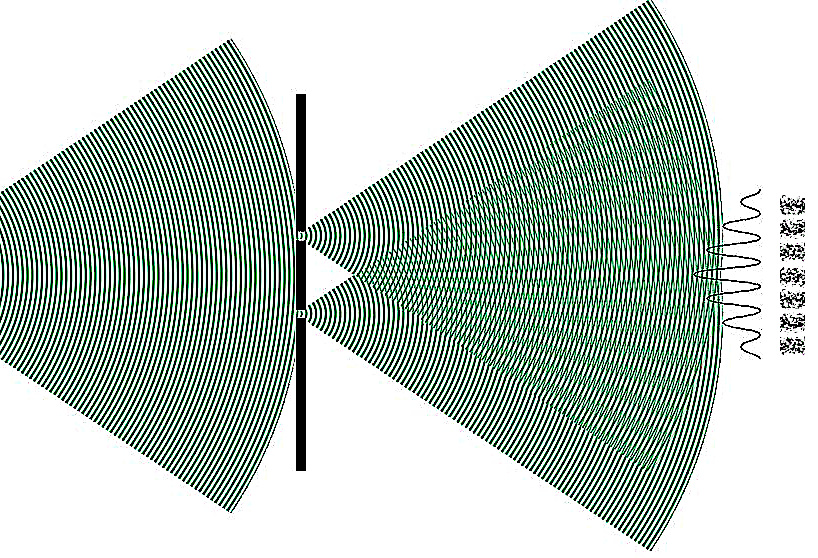 Superpositions of quantum states
Superpositions of quantum states  Alpha decay (α)
Alpha decay (α)
 Electromagnetic induction equation
Electromagnetic induction equation  Nuclear
fusion, natural energy source
Nuclear
fusion, natural energy source  Does dark
matter exist?
Does dark
matter exist?  Non-baryonic matter
Non-baryonic matter
 From the Ancient Atom to the Modern Atom: An Exploration of Atomic Models
From the Ancient Atom to the Modern Atom: An Exploration of Atomic Models  The mystery of matter, where mass comes from
The mystery of matter, where mass comes from 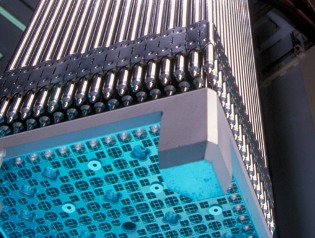 Nuclear
energy and uranium
Nuclear
energy and uranium 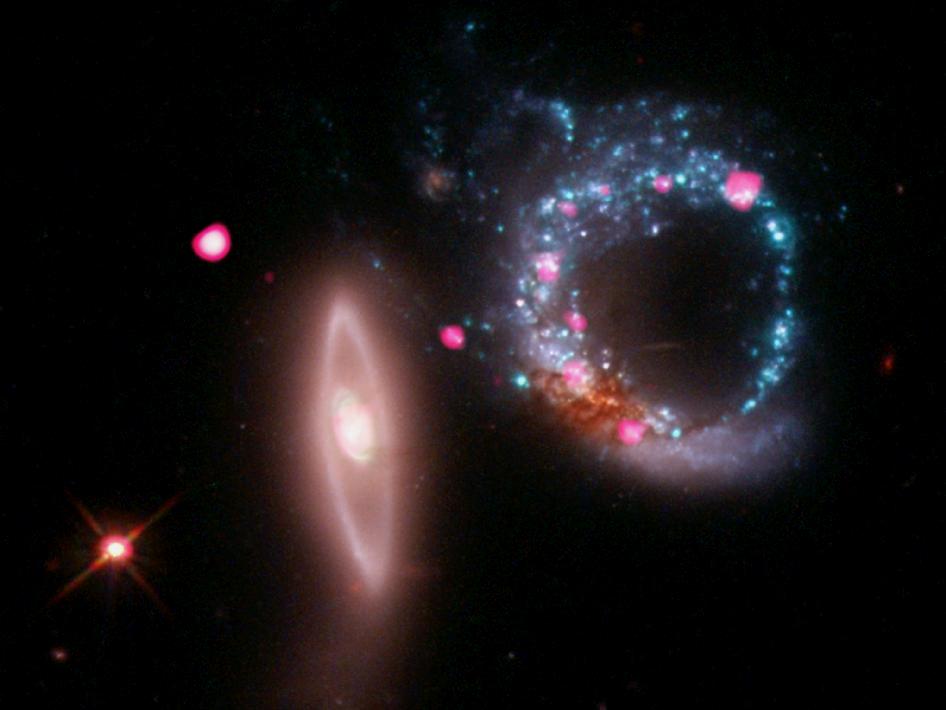 The Universe
of X-rays
The Universe
of X-rays  How
many photons to heat a coffee?
How
many photons to heat a coffee?  Seeing Atoms: An Exploration of Atomic Structure
Seeing Atoms: An Exploration of Atomic Structure 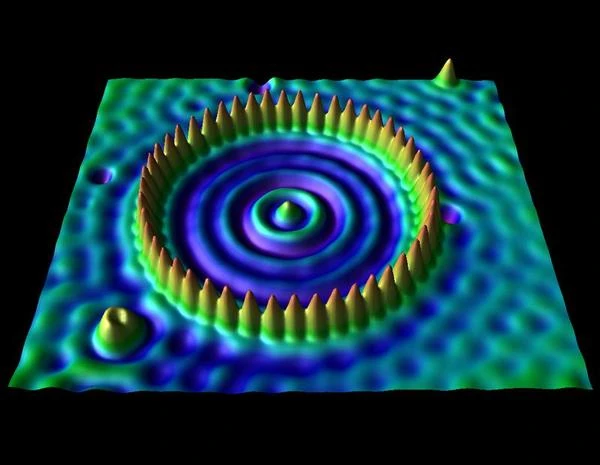 Quantum tunneling of quantum mechanics
Quantum tunneling of quantum mechanics  Entropy: What is Time?
Entropy: What is Time?  The 12 Particles of Matter: Understanding the Universe at the Subatomic Scale
The 12 Particles of Matter: Understanding the Universe at the Subatomic Scale  The Atomic Orbital: Image of the Atom
The Atomic Orbital: Image of the Atom  Earth's radioactivity
Earth's radioactivity
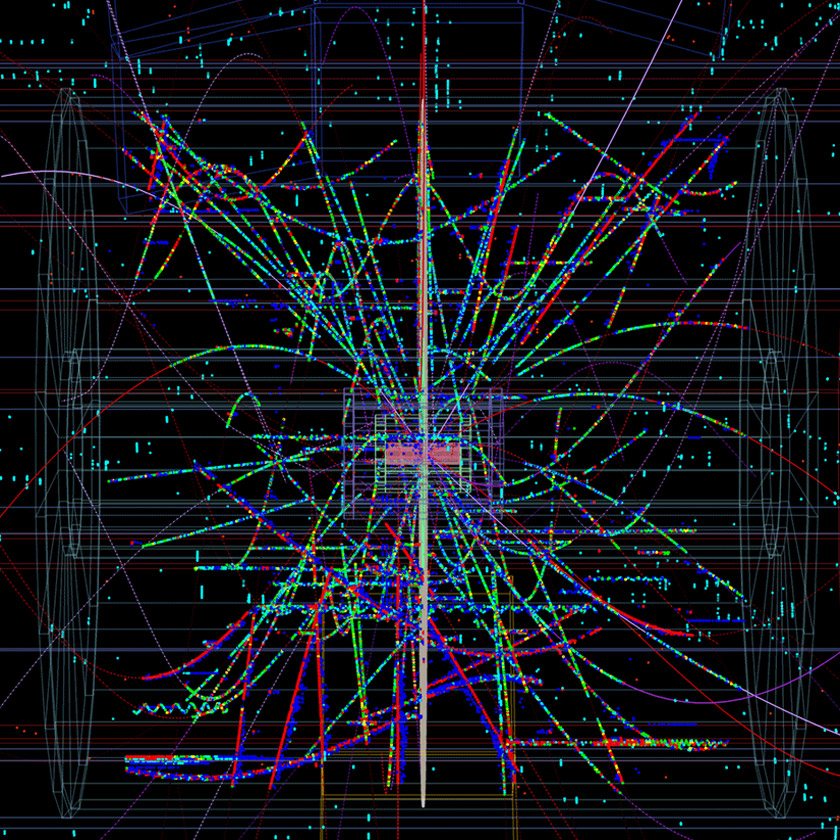 The vacuum has considerable energy
The vacuum has considerable energy 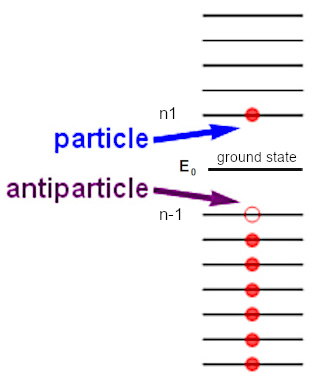 Antimatter and antiparticle
Antimatter and antiparticle 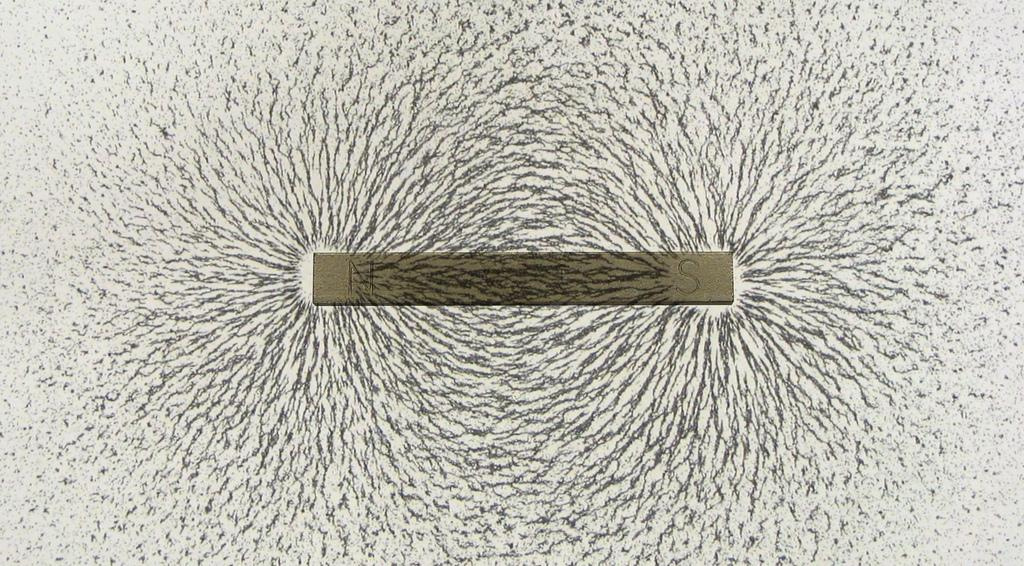 What is an
electric charge?
What is an
electric charge?  Our matter
is not quantum!
Our matter
is not quantum!  Why use hydrogen in the fuel cell?
Why use hydrogen in the fuel cell?  The secrets of gravity
The secrets of gravity
 E=mc2 explains the mass of the proton
E=mc2 explains the mass of the proton  Image
of gravity since Albert Einstein
Image
of gravity since Albert Einstein  1905, The Silent Revolution: When Einstein Rewrote the Laws of Nature
1905, The Silent Revolution: When Einstein Rewrote the Laws of Nature  What does the equation E=mc2 really mean?
What does the equation E=mc2 really mean?  Between Waves and Particles: The Mystery of Duality
Between Waves and Particles: The Mystery of Duality